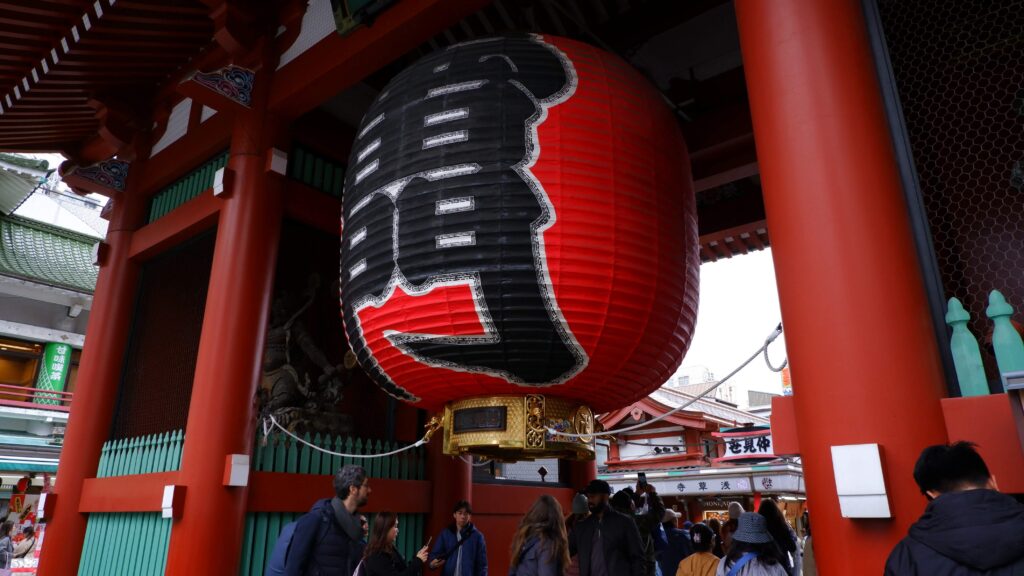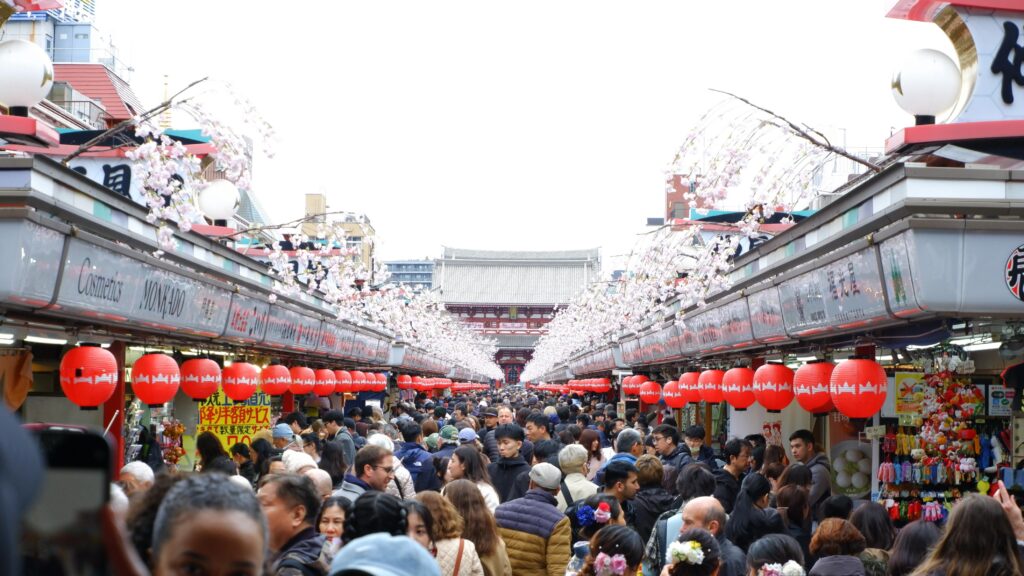These purchases are for IBITA members only. Non-members are not eligible to purchase.
Social events
We are planning to have some social events on the 1st day.
We can go for a walk downtown Tokyo and eat some local food, such as Sushi and grilled beef (Kobe's one). Many of the restaurants are small because just one person operates them, so we will go there in small groups.
Our recommendations are below.
Sushi, grilled beef, and Japanese shaved ice like this.
You can choose a single social event only because these events start same day and time.
Exact price is not sure in this moment. We will inform you the cost after deadline and collect appropriate cost at the day.
These social events are selling up till the end of June.
City walk -Downtown, Asakusa-
The Venue for the AGM is located in Tokyo's downtown area, a closed area with the famous town of Asakusa. We plan to visit Asakusa for a walk around and have traditional Japanese food.
Asakusa is a vibrant district in Tokyo, offering a unique culinary experience that blends traditional Japanese flavors with modern influences. For foreign visitors, trying the local food in Asakusa is a chance to explore Japan’s rich cultural heritage. From iconic dishes like tempura, freshly made in local restaurants, to the famous ningyo-yaki (doll-shaped sponge cakes) and menchi katsu (breaded pork cutlet), each bite tells a story of history and craftsmanship. The bustling atmosphere, with street food vendors and cozy eateries, makes dining an immersive experience.



City walk 1 Sushi (Kaiten-Sushi) 回転寿司
Conveyor belt sushi, or "kaiten-Sushi," is a fun and convenient way to enjoy sushi. A moving conveyor belt carries plates of sushi around the restaurant, and customers can pick the dishes they like as they pass by. Each plate has a different color, showing the price. This system allows you to try various types of sushi without ordering from a menu. It's fast, casual, and interactive, making it perfect for sushi lovers of all levels. Whether you're new to sushi or an experienced fan, conveyor belt sushi offers a unique dining experience.
Here are five representative ingredients commonly used in conveyor belt sushi:
- Sushi Rice: Known as "shari," sushi rice is the base of most sushi. It is seasoned with a mixture of vinegar, sugar, and salt, giving it a slightly tangy and sweet flavor that complements the fish.
- Tuna: One of the most popular fish used in sushi, tuna (often "maguro" or "akami") has a firm texture and a rich, savory taste, making it a favorite among sushi lovers.
- Salmon: Another common fish, salmon (or "sake") has a soft, fatty texture and a mild, slightly sweet flavor. It is often served as nigiri or in sushi rolls.
- Nori: Nori is dried seaweed used to wrap certain types of sushi, like maki rolls. It adds a slightly salty and umami flavor, providing a crunchy texture that contrasts with the soft rice and fish.
- Wasabi: Wasabi is a spicy green paste often served with sushi. It has a sharp, horseradish-like flavor and is used to add heat and enhance the overall taste of the sushi.
These ingredients are essential in creating the diverse and flavorful sushi offerings seen on conveyor belts.
City walk 2 Sushi (Japanese Tradition and Luxury) 高級寿司
High-end sushi, or "edomae-zushi," is a refined and luxurious style of sushi that emphasizes the freshest ingredients and meticulous preparation. Typically served in sushi restaurants with skilled chefs, it features premium fish such as bluefin tuna, uni (sea urchin), and eel, often paired with vinegared rice. The fish is carefully selected, sliced, and sometimes lightly seasoned to enhance its natural flavors. Unlike casual sushi, high-end sushi offers an intimate dining experience where the chef prepares each piece right in front of you, often with a personal touch. The focus is on quality, technique, and presentation, making it a true culinary art form.
City walk 3 Grilled beef "Teppan Yaki" 鉄板焼
Teppanyaki is a Japanese cooking style where ingredients are grilled on an iron plate (teppan) right in front of you. The chef uses a flat, hot surface to cook a variety of foods, such as beef, seafood, vegetables, and sometimes noodles. The food is often seasoned simply with salt, pepper, and soy sauce, allowing the natural flavors to shine. Teppanyaki dining is interactive, with chefs often performing entertaining tricks while preparing the meal. It’s a popular style of cooking in Japan and internationally, known for its fresh ingredients, skilled preparation, and exciting atmosphere. Whether you're a fan of steak, shrimp, or vegetables, teppanyaki offers a flavorful and fun dining experience.
City walk 4 Okonomi Yaki (Japanese Pizza) お好み焼き
Okonomiyaki is a savory Japanese pancake made from a batter of flour, eggs, cabbage, and other ingredients, such as pork, shrimp, or squid. The name "okonomiyaki" means "grilled as you like," reflecting its customizable nature. The ingredients are mixed together and cooked on a griddle, resulting in a crispy exterior and soft interior. It’s often topped with a variety of seasonings, including okonomiyaki sauce (a sweet and savory sauce), bonito flakes, and seaweed. Okonomiyaki is a popular dish in Japan, especially in Osaka and Hiroshima, where regional variations exist. It’s a fun, interactive meal that’s both delicious and satisfying, perfect for sharing with friends or family.
Here are five representative ingredients commonly used in okonomiyaki:
- Cabbage: Cabbage is the main vegetable in okonomiyaki. It’s finely chopped and mixed into the batter, adding crunch and freshness to the dish.
- Flour: Flour is the base of the batter, along with eggs and water. It helps bind the ingredients together and creates a pancake-like texture when cooked.
- Pork: Thin slices of pork belly are a popular topping for okonomiyaki. The meat is grilled on top of the batter, adding a savory, rich flavor to the dish.
- Eggs: Eggs are used in the batter to help create a soft and slightly fluffy texture. They also help bind the ingredients together.
- Okonomiyaki Sauce: This sweet and savory sauce is drizzled over the cooked okonomiyaki, giving it a rich, tangy flavor that complements the other ingredients.
These ingredients are combined and cooked on a griddle to create a delicious, customizable dish enjoyed by many.
City walk 5 Tempura 天ぷら
Tempura is a popular Japanese dish that features seafood and vegetables coated in a light, crispy batter and deep-fried to perfection. The key to great tempura is the delicate, airy batter, which creates a crunchy texture while keeping the ingredients tender on the inside. Common tempura ingredients include shrimp, sweet potato, zucchini, and mushrooms. It is usually served with a dipping sauce called "tentsuyu," which is a mix of soy sauce, mirin, and dashi. Tempura is often enjoyed as a main dish, side dish, or topping for rice or noodles, offering a delicious and satisfying taste with every bite.
Here are five representative ingredients commonly used in tempura:
- Shrimp: Shrimp is one of the most popular tempura ingredients. It is coated in a light batter and deep-fried to create a crunchy texture while keeping the shrimp tender and juicy inside.
- Sweet Potato: Sweet potato, often sliced into thin rounds or strips, is another common tempura ingredient. Its natural sweetness contrasts wonderfully with the crispy batter.
- Zucchini: Zucchini is a versatile vegetable used in tempura. When deep-fried, it becomes soft and flavorful while the batter stays crispy.
- Eggplant: Eggplant is often used in tempura due to its soft, creamy texture once fried. It absorbs the batter nicely, creating a delicate and savory dish.
- Mushrooms: Mushrooms, especially shiitake or enoki, are commonly featured in tempura. They offer a rich, earthy flavor and a tender bite when fried.
These ingredients are coated in a light batter and fried to create the crispy, delicious dish known as tempura.
City walk 6 Japanese Eel うなぎの蒲焼
Unagi kabayak i(Japanese Eel) is a traditional Japanese dish featuring grilled eel. The eel is first filleted, marinated in a sweet soy-based sauce called "tare," and then grilled over an open flame. The result is a tender, flavorful fish with a rich, slightly sweet glaze. The eel is often served on a bed of steamed rice, creating a comforting and satisfying meal. This dish is known for its distinctive smoky aroma and its delicate balance of sweet and savory flavors. The eel is popular in Japan, especially during the summer when it is believed to boost energy. It's a must-try for anyone looking to experience authentic Japanese cuisine.
City walk 7 Vegitalian foods 精進料理
Traditionally, Buddhists have been vegetarians to save the lives of animals. We, Japanese, eat "Shojin- food(Vegitalian food)" at the temple.
We will take you to the Vegetable ltenpura restaurant in this option,
Welcome Party
The IBITA members are free for the coming welcome party. If you take your partner and or family, please select a number for the party.
This item is only for your partners. The cost for the member is included in the "Attendance fee".
Gala Dinner
We will invite you to an Italian Restaurant in downtown Tokyo.
•It opens 6:30 pm at the 22nd floor.
•It is 1.5 km from AGM hotel.
•If you need a taxi, you can get one from the lobby floor at 6 pm.

Extra audience at the venue
This lecture is open to IBITA members as well as general participants at the venue. The participation fee includes the auditing fee and lunch.
Registration for AGM
All IBITA members must purchase this item to attend AGM and Congress.
Online AGM
The executive committee will soon send the Zoom link for the online voting and attendance to all IBITA members.
If you want to attend online, you don't need to register on this page.